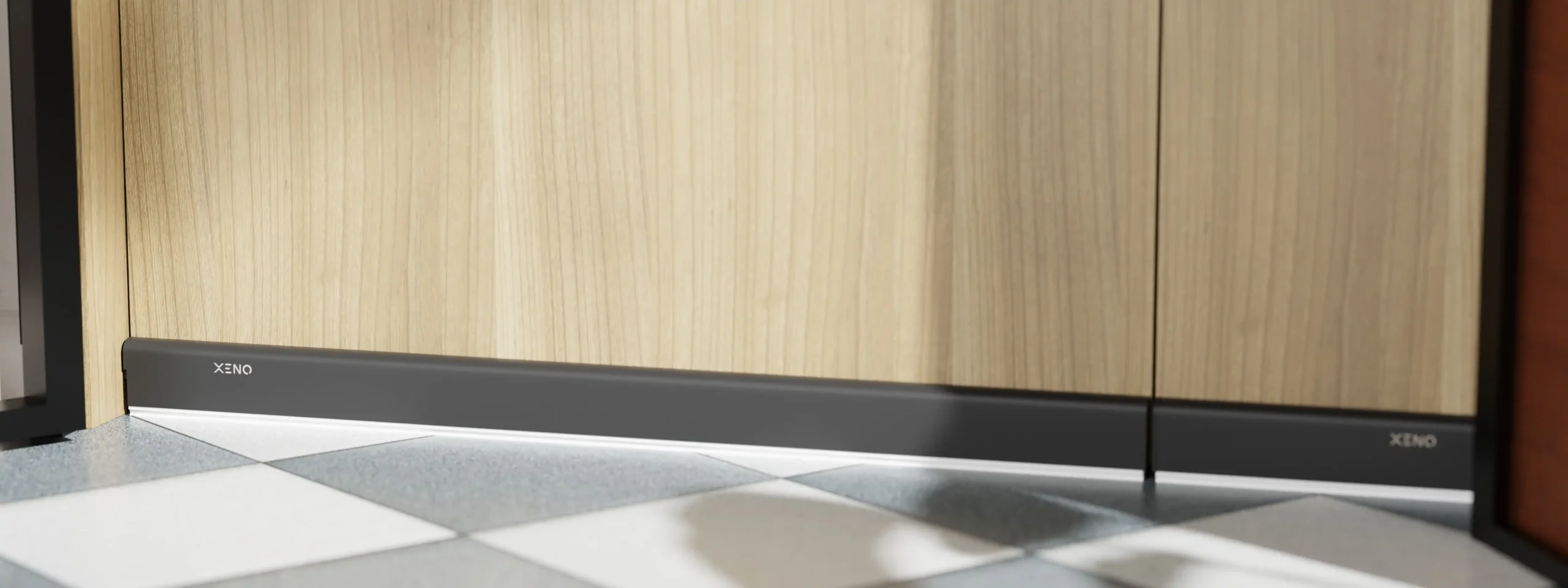
What to Look for When Buying a Long-Lasting Door Seal
A door seal may be a small part of your home, but it plays a major role in improving your comfort, reducing noise, and increasing energy efficiency. Whether you’re moving into a new place or upgrading your current home, investing in a long-lasting door seal can make a big difference.
But with so many options available in the market, how do you choose the right one? This guide walks you through what to look for when buying a high-quality door seal that truly lasts and performs well.
Why Door Seals Matter
Before diving into features, let’s understand why door seals are essential:
- Keeps out dust and pests: A tight seal prevents insects, ants, and dust from sneaking in through door gaps.
- Improves sound insulation: Helps block external noise, especially in busy neighborhoods or HDB flats near main roads.
- Enhances energy efficiency: Keeps cold air in and hot air out (and vice versa), reducing electricity bills by improving air conditioning or heater performance.
- Blocks light leaks: Great for bedrooms or home theatres where you want complete darkness.
- Adds a polished finish: A good door seal can also improve the look and feel of your door frame.
1. Material Quality: Choose Durability Over Cheap Alternatives
The most important factor in choosing a long-lasting door seal is the material. Different materials offer different benefits:
- Silicone: Highly durable, flexible, and weather-resistant. Ideal for both indoor and outdoor use.
- Rubber: Provides excellent insulation and soundproofing. Works well on heavy doors.
- PVC: Often used for budget-friendly options. Suitable for light indoor use but may wear out faster.
- EPDM (Ethylene Propylene Diene Monomer): Common in premium seals, known for heat, weather, and wear resistance.
Pro Tip: Choose seals with UV resistance if your door is exposed to sunlight regularly, especially for external doors and balcony entrances.
2. Type of Door Seal: Match Your Door and Purpose
There are different types of door seals, and each serves a unique purpose. Choose one based on where and why you need it:
Bottom Door Seal
- Installed at the bottom edge of the door.
- Prevents drafts, dust, and insects.
- Some models include automatic drop-down mechanisms that engage when the door is closed.
Weatherstripping Seal
- Applied around the sides and top of the door frame.
- Ideal for insulation, energy efficiency, and noise reduction.
Door Sweep
- A brush or rubber strip that sweeps across the floor as the door opens or closes.
- Common in commercial doors but useful in homes as well.
Magnetic or Brush Seals
- Used for sliding doors or digital gates.
- Brush seals are good for soundproofing and smooth door movement.
3. Ease of Installation
A great door seal should be easy to install without needing major tools or professional help. Check for features like:
- Self-adhesive backing: Peel-and-stick designs make installation quick and clean.
- Pre-drilled holes and screws: For stronger, longer-lasting attachment.
- Flexible lengths: Easy to cut and adjust according to door size.
If you’re buying a door seal for a digital door or smart home setup, make sure it doesn’t interfere with your lock system or sensors.
4. Performance Features to Look Out For
Not all door seals are created equal. Here are some performance features that separate a basic product from a top-tier one:
a. Sound Insulation
- Look for seals advertised as soundproof or acoustic-rated if noise reduction is a top priority.
- Check user reviews for feedback on actual noise performance.
b. Weather Resistance
- For outdoor or exposed doors, make sure the seal can withstand humidity, rain, and sunlight.
- Waterproof and mold-resistant seals last much longer in Singapore’s tropical climate.
c. Fire Rating
- If safety is a concern, especially in high-rise buildings or commercial settings, check whether the seal is fire-rated.
- Fire-rated door seals can expand during high heat, helping to block smoke and flames.
d. Compatibility with Smart Home Features
- Ensure the seal doesn’t block sensors on digital locks, auto door closers, or motion detectors.
5. Brand Reputation and Warranty
Choose brands with a proven track record for quality. In Singapore, reliable suppliers often include door seals as part of their smart home or digital lock packages, like those from Xeno or similar companies.
Look for:
- Positive customer reviews
- After-sales support
- Warranty coverage (at least 1 year is recommended)
Avoid no-name brands that offer super cheap options—these often wear out within months and may not perform as promised.
6. Design and Aesthetics
While functionality is key, don’t forget about looks. A mismatched or bulky door seal can ruin the clean lines of a modern home.
Look for seals that:
- Match your door color (common options: white, black, grey, or transparent)
- Have a slim profile so they stay discreet
- Provide a seamless fit with your door’s design
7. Maintenance Requirements
To ensure your door seal lasts as long as possible:
- Clean it regularly with a damp cloth to remove dust and dirt.
- Check every few months for cracks, peeling, or wear and tear.
- Avoid slamming the door, especially if the seal is rubber or silicone.
High-quality door seals should easily last 3–5 years with basic maintenance.
